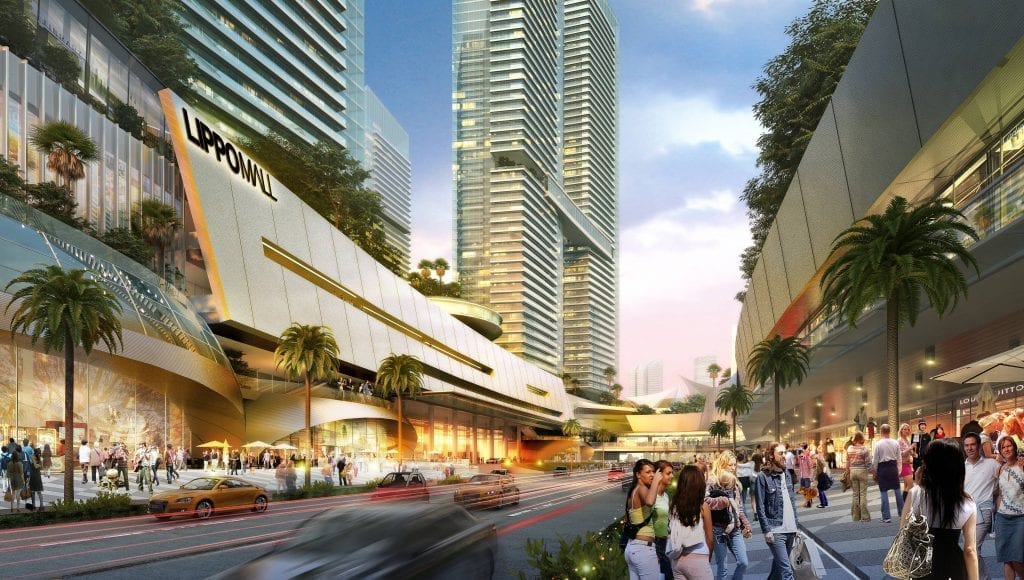
Lippo Malls Indonesia Retail Trust was listed over nine years ago on November 2007. It was the first real estate investment trust that focused on Indonesian retail malls in Singapore’s stock market.
Today, LMIRT remains the only REIT in Singapore with that focus. The REIT currently has a portfolio of 19 retail malls and seven retail spaces that are all located in Indonesia. At end-2015, LMIRT’s portfolio had a total net lettable area of over 765,000 square metres.
At its current price, the REIT has a distribution yield of 9%. For perspective, this is nearly three times higher than the SPDR STI ETF‘s yield of 3.2%. The SPDR STI ETF is an exchange-traded fund that tracks Singapore’s market barometer, the Straits Times Index.
Here are three things that current and prospective investors in LMIRT may want to know about now:
1. Performance in the first nine months of 2016
In the first nine months of 2016, LMIRT saw growth in a number of important metrics in Singapore dollar terms. Its gross revenue, net property income, unitholders’ distribution, and distribution per unit saw year-on-year growth of 8.6%, 7.5%, 13.2%, and 10.9%, respectively.
2. Historical growth

Source: LMIRT 7th annual general meeting presentation
From the two charts above, we can see that LMIRT has managed to grow its revenue, net property income, and distribution income over the past five years from 2011 to 2015 in rupiah terms. The growth rates have been strong, with the REIT’s revenue and net property income more than doubling and distribution income climbing by 80%.
There’s growth in Singapore dollar terms as well for LMIRT, but the depreciation of the rupiah against the Singapore dollar over the past few years has left its mark. For instance, the REIT’s distribution income has stepped up by only around 30% from 2011 to 2015 in Singapore dollar terms.
This highlights the fact that investors in LMIRT are subject to currency risks.
3. The diversity of the REIT’s income sources
It is important that a trust does not depend too heavily on any particular trade sector for its rental income so as to prevent high concentration risk.
The chart below shows the trade sector breakdown for LMIRT’s property portfolio by rental income and net lettable area:

Source: LMIRT 2016 third quarter earnings presentation
We can see that the REIT does not depend on any individual trade sector for more than 17.6% of its rental income.
But, LMIRT is still exposed to some form of concentration risk since all its assets are related to the retail industry in Indonesia. So, any downturn in Indonesia’s retail scene could affect the REIT’s earnings.
Investors can perhaps rest a little easy for the time being given that Indonesia’s economy is forecast to grow by 5% in 2016 and 5.1% in 2017, according to data from the Asian Development Bank. From 2011 to 2015, the country’s economy has expanded at an annual rate of between 4.8% and 6.2%.

